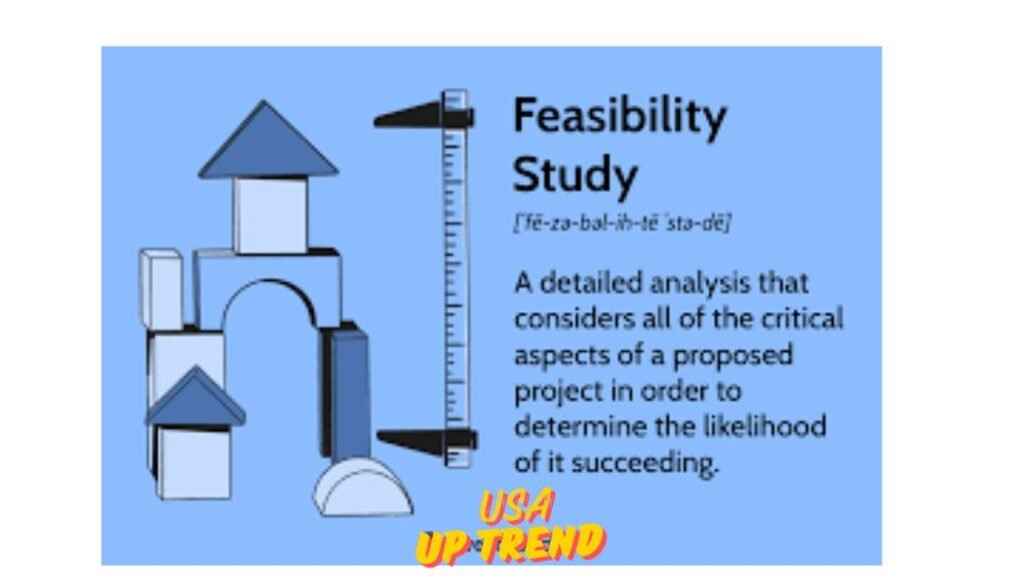LDM Process This refers to the Land Development Model applied by developers. This process helps evaluate the lands for potential development. This ensures the effective and profitable use of land. Do you want to know how the real estate developers make smart decisions? LDM Process in Real Estate helps them all along the way. This is one of the important tools for successful land development.
This process involves stages such as acquiring land up to final construction. This process helps developers evaluate cost, risk, and returns. Each step is designed with careful planning to achieve project success.
Importance of the LDM Process in Real Estate
The LDM process is the backbone of a successful real estate project because it allows developers to avoid as many risks as possible. Real estate development is heavily capital-intensive and long-term commitment, so risk management becomes a priority. Real estate LDM process is, therefore, one which gives developers an opportunity to see what might go wrong with a project and then make adequate preparations for them. From environmental assessments to infrastructure needs, each of these elements is considered in the LDM process to make a project successful.
Additionally, LDM helps in the proper optimization of land usage that is very essential in the development of urban regions. The more the cities grow, the more demand is there for land; thus, efficient use of land has become even more vital now. This approach by LDM enables the developers to maximize their potential property without violating the zoning regulations and environmental standards. It also encourages sustainable practices because it incorporates green building techniques and considers the long-term environmental impact of development projects. Key Steps in the LDM process.

Land Acquisition
Land acquisition is the first step in the LDM process in real estate. This involves finding an appropriate plot of land that meets the set development goals. Developers are usually working with brokers, agents, or directly with landowners to acquire the land. Once the area of land is identified, it has to be established where the land is situated, its size, and if it is developable. Accessibility, proximity to essential services, and demand in the market determine this factor. Moreover, the developer must ascertain that the title of the land is clean and free from legal disputes.
Feasibility Study
The next would be a feasibility study. At this stage, the developer looks at whether the project will pay for itself and if it meets the needs of the developer. In the study, he would consider factors such as construction cost, market trend, and sales or rental income projections. In this stage, the developer also analyses the regulatory environment, meaning examining zoning laws and environmental restrictions. A full feasibility study gives a real-world appraisal of the profitability of the project and identifies potential hurdles.
You can read more about renovation on renovationnook.


Financial planning as part of the LDM process
Financial planning is the core of the LDM process in real estate. This stage creates a detailed budget, which includes costs of land acquisition, development, construction, and marketing. Financial planners estimate possible revenue from the project based on present market conditions and future trends. Developers use financial models to predict returns on investment, break-even points, and cash flow throughout the entire project lifecycle.
At this point, developers also raise capital. Real estate projects are capital-intensive and usually funded by banks, investors, or private equity firms. Capitalizing the project at this early stage in development will ensure that the project does not experience a delay in its implementation. The financial plan also includes a contingency fund, providing for unexpected expenses during construction or the preparation of land.
| LDM Stage | Description |
| Land Acquisition | Identifying and purchasing suitable land for development |
| Feasibility Study | Financial viability, cost, and regulatory assessment |
| Zoning Approvals | Ensure that the land is zoned for the intended use |
| Construction | Build the project and manage contractors |
Zoning and Regulatory Approvals
Collaboration is usually required with local agencies to obtain the permits in order to get regulatory approvals. This includes environmental, building, and occupancy certificates. The project must pass the fire codes and the accessibility requirements. Regulatory approval is usually time-consuming and developers start this process during the early stages of a project to avoid delays.
Construction and Project Management
Once the regulatory clearances are in place, construction will start. The construction phase is said to be one of the most sensitive stages of the LDM process in real estate. It needs careful coordination with architects, contractors, and project managers. The developer must ensure that construction occurs on time, in line with budget, and specifications of the project. The profitability of the project could be highly affected if any delay or budget overruns occur.
This stage requires proper project management to build the projects. Project managers take care of day-to-day operations, communicate with subcontractors, and complete construction milestones. In case any problem arises during construction such as material shortages or site conditions, they sort it out. Project managers open all communication lines with all parties to keep the project running on schedule and to the objectives of the developer.
Post-Development: Marketing and Sales
After the construction process, the marketing and sales aspect of the LDM real estate process begins. At this stage, the developers have to market the finished product to the potential buyers or tenants. For the residential projects, this might include the model homes or virtual tours. Commercial development will often involve the cooperation of leasing agents to secure businesses for the property.
The marketing strategies include online listings, campaigns on social media, and co-operations with real estate agents. The concept is basic: create hype around the project and try to sell or lease the project as fast as possible. Successful marketing can reduce time taken for selling or leasing the property, thus raising returns for the developer.
Most profit in an ultimate return is on sales, and real estate developers typically price such a development competitively relative to other market standards and could offer a realistic margin while taking a fat profit in their books of accounts. Still, in this third stage, the developers will have to negotiate a sale either with help from an estate agent or realtor/broker or buy direct to consumers. In this step of the process, it can take one several months, if not sometimes even several years, due to scale and type.
Obstacles in the LDM process of real estate
Some disadvantages are in the LDM process of real estate. Uncertainty over regulatory approvals is the major obstacle. Changes in zoning laws and building codes may bring about delays or make the developer change plans. Changes in market conditions can affect sales or rental demand while the project is being developed. Flexibility is very important as the developers should be able to change with the flow.
Another challenge is financing. Projects in real estate require heavy upfront capital, and access to finance is not very easy, especially during downturns in the economy. Developers must make a robust case to lenders and investors, demonstrating the potential for profitability of the project. They also need to ensure cash flow management to maintain the project within budget.
Conclusion
Therefore, the LDM process in real estate is the complete process that guides a developer in the complex development of lands. From acquiring the land to construction to sales, each stage calls for a well-planned and coordinated effort. With the process outlined below, the developer will be able to reduce risks, effectively use land resources, and obtain the greatest profit from his projects. In light of this, the real estate market will always remain a crucial process in developing land with the LDM process.
FAQs
Why is the LDM Process important in real estate development?
The LDM Process is important since it reduces risks and helps developers plan their projects in an efficient manner. The process has stages like feasibility analysis, regulatory approvals, and financial planning, thus ensuring that the development takes place according to market demand and legal requirements.
What are the primary stages of the LDM Process?
The LDM process in real estate typically involves major stages that include the acquisition of the land, feasibility studies, zoning approvals, financial planning, and construction. All these stages determine the success or profitability of the project.
How does the LDM process assist developers to manage their risks?
The LDM Process reduces the risks of land development by streamlining the evaluation process in land, cost management, and compliance with regulations. By following this process, developers can identify potential issues early and develop strategies that address them.
What factors are considered within the LDM Process?
The LDM Process considers location, demand from the market, zoning requirements, environmental impact, the construction costs, and prospective return on investment. Taking into account these considerations puts the developer in the proper light regarding the project feasibility.
Where exactly does financial planning feature as a part of the LDM Process in Real Estate?
Financial planning is involved in the LDM Process as it assists the developer in creating budgets, in forecasting profits, and sourcing finance. It will then ensure that the project maintains its financial viability from its acquisition of land up to final construction.
Is the LDM process applicable to any kind of real estate project?
Yes, the LDM Process can be applicable to any type of real estate project, whether residential or commercial, industrial, or mixed-use development. Such a process provides a flexible structure for land assessment and other types of projects management.
How long would the LDM Process take, on average?
The timeline for the LDM Process in Real Estate will vary with the size and complexity of the project. For instance, small projects may take a few months, whereas large-scale developments may take several years to complete all stages.
Read more about Business at USA UP TREND



